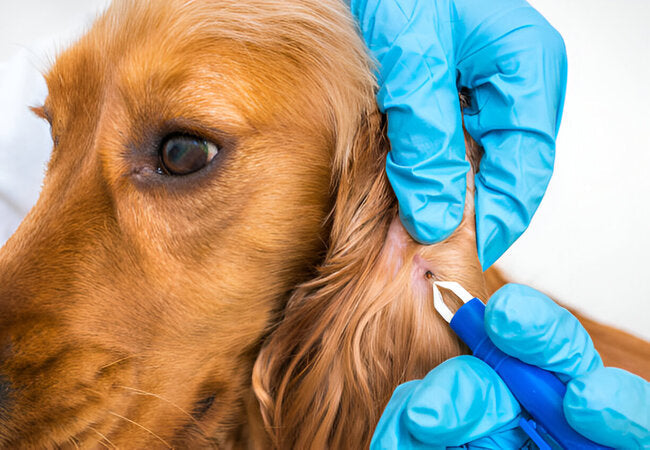Lyme Disease in Dogs: 2025 Vet-Approved Prevention & Treatment Guide 🐕🦠

In this article
What Is Lyme Disease in Dogs? 🦠
By Dr. Duncan Houston BVSc
Hi—I’m Dr Duncan Houston BVSc, veterinarian and founder of Ask A Vet. Let’s talk about Lyme disease: a common but serious tick-borne illness in dogs that every pet parent should understand. Here's what you need to know in plain, vet-approved terms.
1. What Is Lyme Disease?
Lyme disease is caused by a type of bacteria called Borrelia burgdorferi. These bacteria live inside black-legged ticks (also called deer ticks). When a tick bites your dog and stays attached for over 24 hours, it can transmit the bacteria into your dog’s bloodstream.
2. How Do Dogs Get It?
- 🎯 Tick bite: Dogs become infected when bitten by an infected tick, usually while walking in tall grass, wooded trails, or untrimmed yards.
- 🕒 Timing matters: A tick usually needs to stay attached for 24–48 hours to transmit the Lyme bacteria.
- 🌎 High-risk regions: Lyme disease is common in the northeastern U.S., upper Midwest, and Pacific Northwest, but is expanding globally.
3. What Does Lyme Disease Do to Dogs?
Many dogs never show signs. But when symptoms develop, they usually appear 2–5 months after the tick bite.
Most common symptoms:
- 🚶♂️ Lameness that shifts from one leg to another
- 🦴 Swollen, painful joints
- 🛌 Lethargy or tiredness
- 🌡️ Fever
- 🥣 Decreased appetite
More serious signs (less common):
- 🧪 Kidney problems (Lyme nephritis)—can be life-threatening
- 🧠 Neurologic symptoms like facial paralysis or seizures (rare)
4. Why Lyme Disease Matters
Left untreated, Lyme disease can cause chronic joint pain and—rarely—kidney failure. But with early diagnosis and a simple antibiotic treatment (usually doxycycline), most dogs recover completely. Year-round tick prevention and prompt tick removal are your best defense.
📌 Final Thoughts from a Vet
Lyme disease is a tick-borne infection that can lead to painful, chronic health problems in dogs. It’s caused by a bacteria passed through tick bites and may show up months after the bite happens. The good news? With early treatment and good tick prevention, your dog can stay healthy and active for life. 🐾❤️






